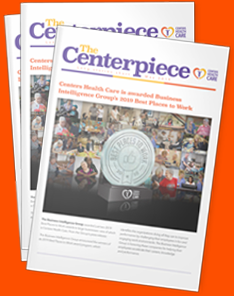Around one in every four seniors over the age of 65 is living with type 2 diabetes in the United States, and not managed properly, the condition can lead to a host of other medical problems.
One of those problems are foot ulcers, around they can affect around 15% of diabetes patients. Left unchecked, foot ulcers can lead to hospitalization and even amputation of the foot.
One of the biggest causes of these ulcers is inappropriate footwear. Boro Park Center for Rehabilitation and Nursing wants to let you know what to look for when inspecting your or a loved one’s shoes.
Check Wear Patterns
Check the soles to make sure that the pressure is even; otherwise, this could cause some parts to wear out excessively.
Also, check for wear spots. Normal wear occurs at the lateral (outside) heel and medial central forefoot (from the big toe to the third or fourth toe).
Look at the Inside of the Shoe
Feel for wrinkled lining, rough seams, and foreign objects. Also, check the insole and socks for any drainage. Non-slip liners are also good to have because they absorb shock and reduce the pressure that feet are put under.
Make Sure They Fit
In order to size the shoe correctly, there should be a thumbnail’s length (around ½ to ¾ of an inch) between the end of the longest toe and the tip of the shoe. The sides of the shoe should not squeeze in the sides of the foot, and a fastening mechanism (laces, Velcro, or buckles) should be present to prevent the foot from moving around in the shoe.
Observe Diabetic Characteristics of the Shoe
The shoe should be made of leather or other breathable material, it should be foot-shaped with a soft heel, and the inside lining should be smooth with no seams or wrinkles.
If you have any issues or questions about what makes for a good diabetic shoe, your doctor can help.
To learn more about Boro Park Center for Rehabilitation and Nursing and all of the services they offer, visit http://boro-park-center.facilities.centershealthcare.org.






